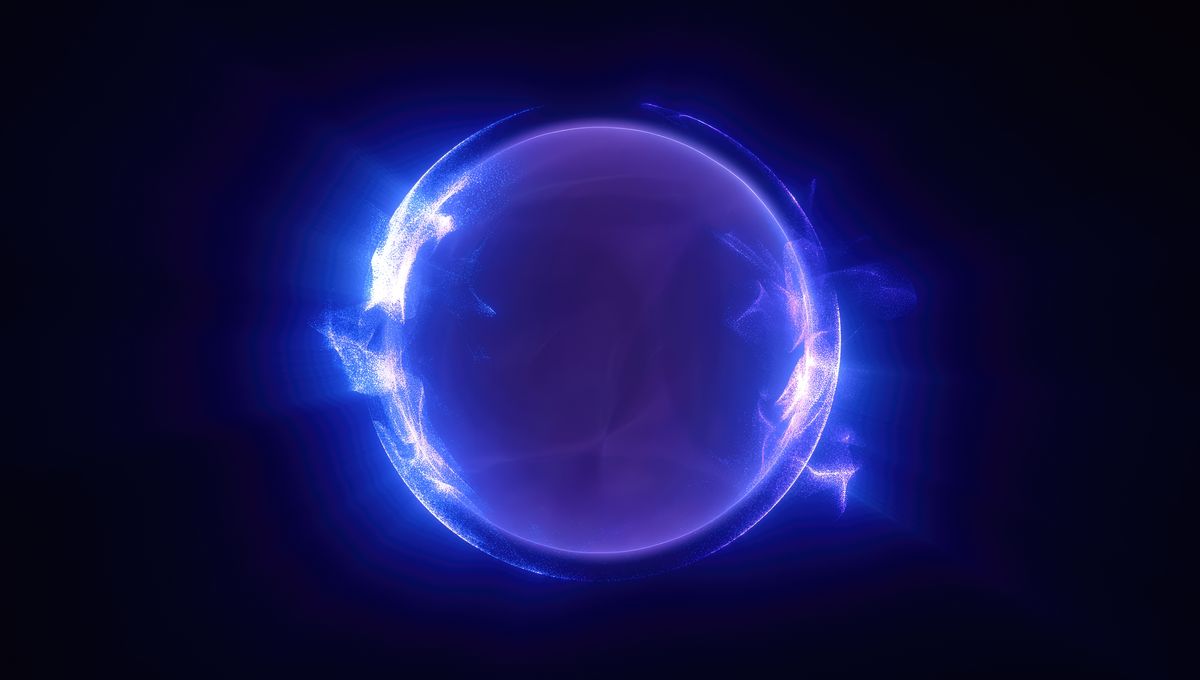
The phone or computer that you are reading this on feels pretty solid. What about an apple? It has a mass and weight, it won’t just disappear into nothingness, right? Well… there is a possibility that this might be the ultimate fate of the universe, that all the physics we hold dear might suddenly vanish.
This scenario is known as false vacuum decay, a spectacular fan favourite (it’s me, I am the fan). Why is it a fan favorite? Because we wouldn’t see it coming. Because it would be radically different from the other end of the universe scenarios. And the universe on the other side might be a whole new thing or nothing at all.
The source of this reality-ending change is to be found in the Higgs Field. Together with its famous particle, the Higgs boson, the field gives mass to every massive particle in the universe. The question is: Is the field stable? This means that the field is in its ground state, its lowest possible energy state (true vacuum).
But what if it isn’t? What if it is in a false vacuum that only appears to be stable? If the Higgs field is metastable, then it might, at some point, somewhere in the universe, spontaneously collapse to its true value. This change would spread in a bubble moving at the speed of light, affecting everything it interacts with.
“If [the Higgs field] would suddenly change its properties, then light particles could become potentially heavy or the other way around, and then physics forces, matter, masses will all change, and then the world around us would not be the same anymore. We might not even be there anymore to actually see it because we might just completely fall apart,” Dr Lucien Heurtier, from King’s College London, told IFLScience.
How probable that this scenario is to come to pass remains a matter of debate – and we will shortly see what Dr Heurtier’s research says about it. The likelihood of it is not stopping scientists from developing simulations of these events with cutting-edge physics. For example, atoms at extremely low temperatures.
A vapor of these atoms was placed in a metastable configuration at a millionth of a degree from absolute zero. Thermal effects change the system, simulating the false vacuum decay. The team wants to get even closer to see quantum mechanical effects, effects that might have played a role in false vacuum decays that could have existed just after the Big Bang.
“Using the power of ultracold atom experiments to simulate analogs of quantum physics in other systems – in this case, the early universe itself – is a very exciting area of research at the moment,” co-author of that research Dr Tom Billam, from Newcastle University, said in a statement.
To study the destruction of the universe in a more direct manner, researchers have even used a technology developed for quantum computers. The false vacuum in the system was studied in one dimension, as they needed to validate the work before they could move on to 2D and eventually 3D.
“One important question about vacuum decay is really how does that process happen? If you’re able to zoom in on it and watch it like a video, what is it that actually happens? The main goal of this paper was to try to understand what that underlying mechanism is,” Professor Zlatko Papic, from the University of Leeds, told IFLScience.
So, how unstable is the Higgs if it is unstable? Very, very slightly. As far as we can tell, it appears extremely stable. The chances of this sudden collapse are extremely slim. If it does happen, not just us but even all the stars in the universe might have already been snuffed out.
“The time it would take if there is nothing else happening around is actually longer than the age of the universe, much longer, which means that it’s normal that we have not seen that happening yet,” Dr Heurtier told us nonchalantly about the potential destruction of all reality.
So yeah, we don’t think that you can get out of that social engagement because of False Vacuum Decay. Better find a more likely excuse.
Source Link: False Vacuum Decay: The Outlandish Theory Of How All Reality Might End